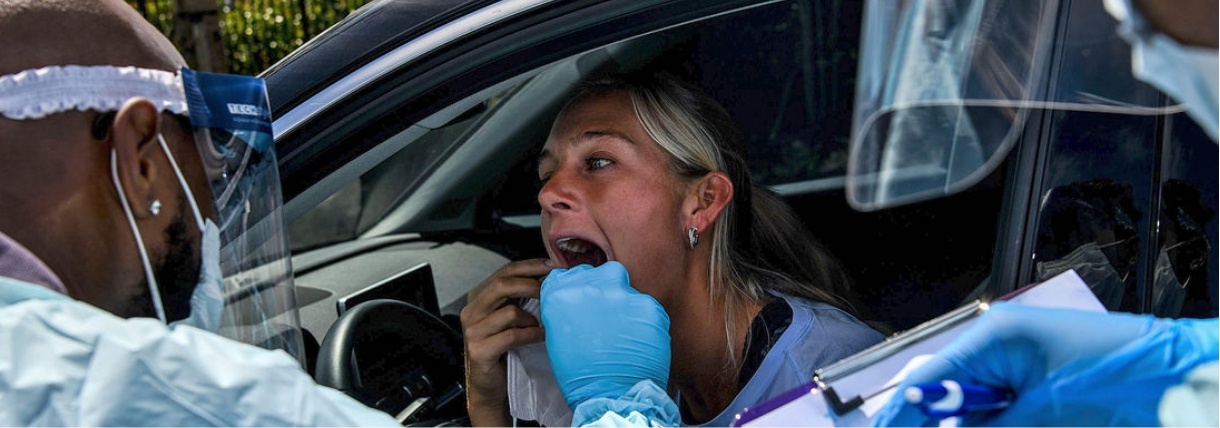
The new testing regime for the coronavirus with a target of testing 100,000 people per day by the end of April appears to be overambitious and difficult to meet, but Hancock is determined to achieve it. Even though the testing capacity is increased, only a few people are showing up for the tests. The government had faced criticism for not making mass availability of the tests which would help determine the positive cases quickly.
Initially, the tests were made available for health care workers and those working in nursing homes. This initiative includes all essential workers such as government employees, some lawyers, journalists, delivery drivers, and teachers. Additionally, immigration officers, police, armed service personnel, fire and rescue service staff, and prison and probation staff will also qualify for the tests. The testing process for these key workers and their households will be made simpler and faster. Hancock, also said that ultimately everyone who needs a test will be able to get tested.
All the essential workers will be able to apply on the government’s website from Friday for themselves. They can also do the same for their household members by entering all the required details. Once the appointment is made, they will receive an email or text with the appointment date. Within two days after testing, the results will be sent to them via email or text.
There are about 10 million essential workers who can benefit from this. To trace the contacts of the infected and contain the spread, 18,000 people will be hired. According to Mr Hancock this move is "part of getting Britain back on her feet". Home test kits and mobile testing sites are also being introduced by the government. These will be operated with the armed force’s support.

